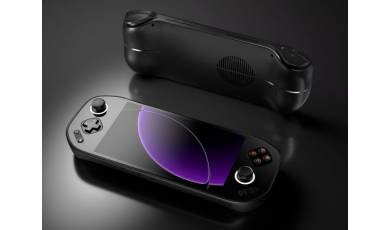Flash firmware on Samsung Galaxy M30
Mobiles >> Samsung >> Samsung Galaxy M30| Specifications | Reviews | Secret codes |
| Unlock phone | Root phone | Bypass FRP |
| Backup | Flash Firmware | Screenshot |
| Hard Reset |
How to flash Samsung Galaxy M30?
Why reinstall the firmware?
Errors start to appear in the operating system.
Some applications do not open, reinstalling which does not lead to a positive result.
Some applications from the Play Market do not start.
The phone restarts or shuts down by itself.
The phone started to work slowly.
The OS does not match the system requirements of the smartphone.
Where can I find the firmware?
On the official website of the phone manufacturer.
On certain sites where developers post custom or official OS.
What should be done before installing the firmware?
Create a backup copy of all personal information: contacts, photos and transfer it to another computer.
Insert SD card. An SD card is needed to write firmware to it.
Find information about your smartphone model.
Fully charge your phone battery.
Find and download the archive with Firmware. And place it on the SD card.
Installing TWRP Recovery
Download the Official TWRP App to your phone from the Play Market. And install this app.
When you start the application for the first time, you must agree to install the firmware, as well as agree to grant the application Superuser rights and click the 'OK' button.
On the next screen, select 'TWRP FLASH' and give the application root rights.

On the main screen of the application, select 'Select Device', and find your phone model.
After selecting a phone, the application will direct the user to a web page to download the modified recovery environment image file. Download the proposed *.img file.
After downloading the image file, return to the main screen of the Official TWRP App and press the 'Select a file to flash' button. Then we tell the program the path where the file loaded in the previous step is located.
Now press the 'FLASH TO RECOVERY' button and confirm your choice, press 'OK'.
When the message 'Flash Completed Succsessfuly!' appears. Click 'OK'. The TWRP installation procedure is now complete.
Transfer the necessary files to the SD card. Using a PC or laptop card reader.
Insert a SD memory card into the phone.
To reboot into recovery, you need to use a special item in the Official TWRP App menu, accessible by pressing the button with three stripes in the upper left corner of the main screen of the application. We open the menu, select the 'Reboot' item, and then click on the 'REBOOT RECOVERY' button. The phone will reboot into the recovery environment automatically.
Firmware via TWRP

Before flashing, you need to delete all user data from the phone, this will avoid many problems. press 'WIPE' on the home screen.
Now you can start flashing. Click the 'Install' button.

The file selection screen is displayed. At the very top is the 'Storage' button, select the location where the firmware file is located.
Select the location where you copied the files. Press the OK button.

Select the firmware file and click on it. A screen opens with a warning about possible negative consequences, you need to check the item 'Zip signature verification', which will avoid using damaged files during recording.
The procedure for flashing the phone will begin, accompanied by the appearance of inscriptions in the log field and the movement of the progress bar.
The completion of the firmware installation procedure is indicated by the inscription 'Successful'.
Summary: Smart Phone OS: Android; OS ver: Android 9.0 (Pie) (Samsung Experience 9.5 UI); SIM: Nano SIM , Dual SIM , Dual Standby; CPU: Exynos 7904 Octa (14 nm); Processor Speed: 2x 1.8GHz Kryo 260 Gold & 6x 1.6GHz Kryo 260 Silver; Storage: 64GB , 128GB; RAM: 6GB , 4GB; External Storage: microSD, up to 512GB; Battery: 5,000mAh; Screen Size: 6.4 inches; Resolution: 1080 x 2280 pixels, 19: 9 ratio (~394 ppi density); Main Camera: 13MP 5MP 5MP; Front Camera: 16MP; Features: Hotspot/Tethering , GPS , Bluetooth , Flash , Waterproof , Face Unlock , Fingerprint Scanner , Dual Cameras , 3.5mm Headphone Jack; Dimensions: 159 x 75.1 x 8.4mm; ...
Comments, questions and answers on the flash firmware Samsung Galaxy M30
Ask a question about Samsung Galaxy M30




